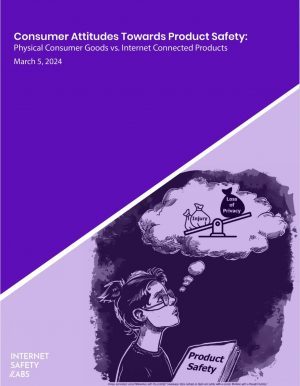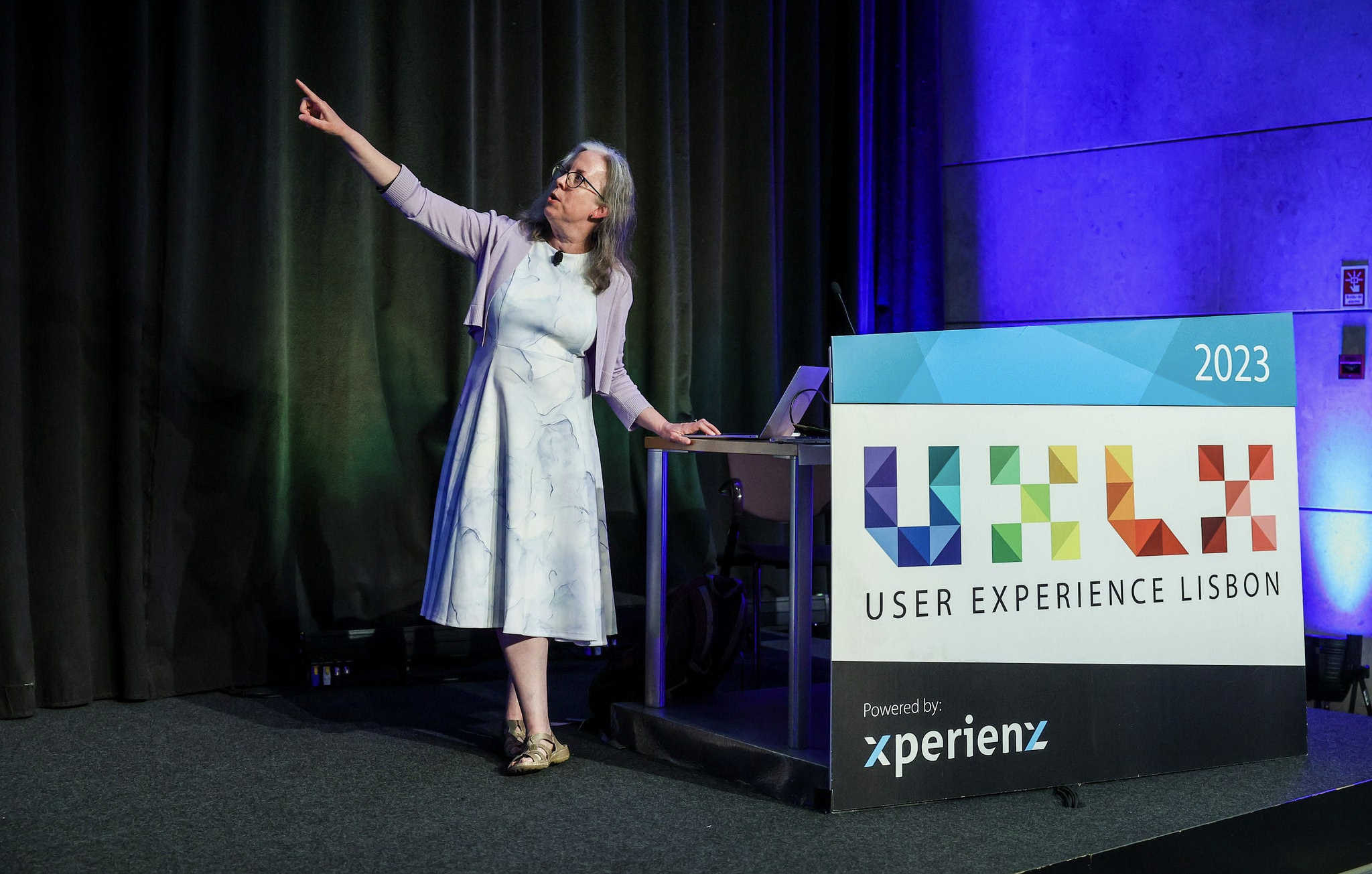Informed consent: vetting research software for privacy
We’d like to be sure that the data about our research participants stays between us and the test participant, but are our participants fully aware of the data sharing agreements underlying their use of the testing tools? The confidentiality agreement they have with us is only part of the picture. In this article, I’ll discuss … Read more





